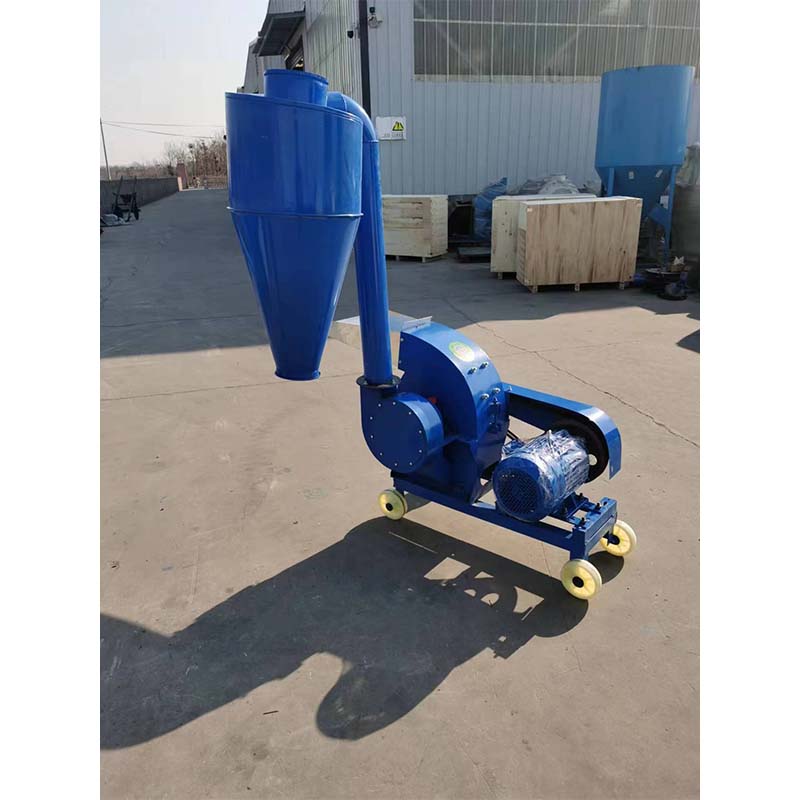scalding tank
Nov . 16, 2024 16:41 Back to list
scalding tank
Understanding Scalding Tanks Importance, Safety, and Applications
A scalding tank, often used in various industrial settings, primarily serves the purpose of submerging materials in hot water for the removal of contaminants, disease, or unwanted characteristics. While these tanks can be found across different industries, they are most commonly associated with poultry processing, where they play a critical role in the preparation of birds post-slaughter. This article aims to explore the importance of scalding tanks, the safety measures surrounding their use, and their applications in various sectors.
Importance of Scalding Tanks
In the poultry processing industry, scalding tanks are essential for the effective plucking of feathers from birds. The process involves immersing newly slaughtered birds in water heated to a specific temperature, typically between 140°F to 160°F (60°C to 71°C). This hot water raises the temperature of the feathers and skin, effectively loosening them. Without this crucial step, the feather removal would be labor-intensive and inefficient, potentially leading to reduced quality and increased operational costs. Moreover, a properly executed scalding process can help in improving the overall hygiene of the final product by facilitating the removal of contaminants.
Beyond poultry, scalding tanks find applications in other areas, such as meat processing and even certain types of food manufacturing. For instance, scalding tanks are used in the preparation of certain fish species, where a similar process helps to de-scale the fish effectively.
Safety Measures
Despite their utility, scalding tanks pose significant safety risks due to the high temperatures involved. Workers may be exposed to burns, steam inhalation, or accidents related to equipment malfunction. Thus, safety measures are paramount.
scalding tank

Firstly, proper training for employees who operate scalding tanks is crucial. Workers should be educated on the risks involved and the importance of adhering to safety protocols. Personal protective equipment (PPE), such as heat-resistant gloves, aprons, and face shields, must be provided to minimize the risk of burns.
Additionally, regular maintenance and inspections of the tanks are vital to ensure that they are functioning correctly. Any leaks, malfunctions, or issues with temperature regulation can lead to hazardous situations. Incorporating automatic temperature controls and alarms can also enhance safety by preventing overheating, thus protecting workers and ensuring consistent processing quality.
Application in Various Industries
Beyond poultry and fish processing, scalding tanks are utilized in other sectors such as textile and automotive industries. In textiles, scalding is used for scouring, which is the process of removing natural oils and impurities from fibers. This step is crucial to ensure the quality of dyeing and finishing processes.
Moreover, in the automotive industry, scalding tanks may be employed for cleaning metal parts before painting. The hot water effectively removes oils, grease, and dirt, ensuring that the surface is clean and ready for further treatment.
Conclusion
Scalding tanks represent a vital piece of equipment in numerous industries, especially for their ability to enhance processing efficiency and hygiene. However, with their benefits come considerable safety challenges. By emphasizing proper training, safety protocols, and routine maintenance, industries can maximize the advantages offered by scalding tanks while minimizing risks. As technology continues to evolve, the future may hold innovations that will further enhance the efficacy and safety of scalding processes across diverse applications. Understanding the significance of these tanks is essential for industry professionals who seek to optimize their operations while ensuring safety and product quality.
-
Automatic Feeding Line System-Pan Feeder Nipple Drinker|Anping County Yize Metal Products Co., Ltd.
NewsJul.29,2025
-
Hot Sale 24 & 18 Door Rabbit Cages - Premium Breeding Solutions
NewsJul.25,2025
-
Automatic Feeding Line System Pan Feeder Nipple Drinker - Anping County Yize Metal Products Co., Ltd.
NewsJul.21,2025
-
Automatic Feeding Line System Pan Feeder Nipple Drinker - Anping County Yize Metal Products Co., Ltd.
NewsJul.21,2025
-
Automatic Feeding Line System - Anping Yize | Precision & Nipple
NewsJul.21,2025
-
Automatic Feeding Line System - Anping Yize | Precision & Nipple
NewsJul.21,2025






